1. Freddie Mercury (1946–1991)

Every generation has its own turning point, and for many who came of age in the 1980s and 1990s, it was AIDS. At first, the illness was whispered about, misunderstood, and blamed on certain communities. But as it spread, it became clear this was not just one group’s fight , it was everyone’s. What followed was heartbreak, courage, and stories of lives that ended too soon.
Freddie Mercury was more than just the lead singer of Queen , he was a performer who made stages feel too small for his energy. His voice, capable of both operatic highs and rock anthems, defined a generation of music. In November 1991, just one day after confirming his AIDS diagnosis publicly, Mercury died at the age of 45. It was a devastating loss, especially as Queen’s music was still reaching new audiences worldwide. Imagine Mercury with access to today’s treatments , he might still be touring, collaborating with younger artists, and dazzling fans with live performances that mixed drama, joy, and fearlessness. His passing highlighted both the urgency of medical research and the silence that still surrounded the disease. Today, songs like “We Are the Champions” and “Bohemian Rhapsody” carry an added weight, not just as anthems of triumph, but as reminders of an artist who left us far too soon.
2. Rock Hudson (1925–1985)
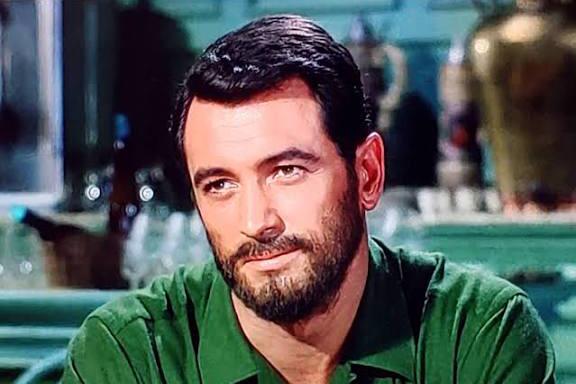
Rock Hudson was Hollywood’s leading man of the 1950s, celebrated for his rugged looks and roles in films like Giant alongside Elizabeth Taylor. But when he revealed his AIDS diagnosis in 1985, it sent shockwaves through the world. Until then, many people had dismissed the illness as something distant or confined to marginalized groups. Hudson’s public struggle shattered that illusion and brought an urgent spotlight to the epidemic. His vulnerability forced conversations that politicians had avoided and gave millions of people a human face to associate with the crisis. Had he lived, Hudson might have continued to act in both film and television, but perhaps even more importantly, he could have used his fame and platform to advocate for compassion, awareness, and progress in a way that only someone of his stature could. His bravery in those final months remains a turning point in how the world understood AIDS.
3. Anthony Perkins (1932–1992)
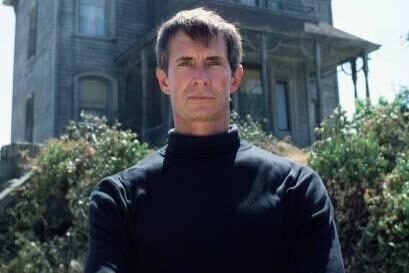
Anthony Perkins will forever be remembered as Norman Bates, the unsettling motel owner in Alfred Hitchcock’s Psycho. But Perkins’ career was far more expansive, stretching across stage and screen, where he brought a unique intensity to every role. In 1992, at just 60 years old, he died from AIDS-related pneumonia, leaving fans to wonder what more he could have achieved. His death also revealed how deeply stigma still ran , Perkins kept his illness private, and only after his passing did the truth become widely known. Had he lived, Perkins could have enjoyed a renaissance in later years, exploring complex roles that suited his intelligence and depth as an actor. He might even have stepped more fully into directing, a craft he was beginning to embrace. Perkins’ story reminds us of the countless creative possibilities cut short during the height of the epidemic, when silence too often stood in for openness.
4. Robert Reed (1932–1992)
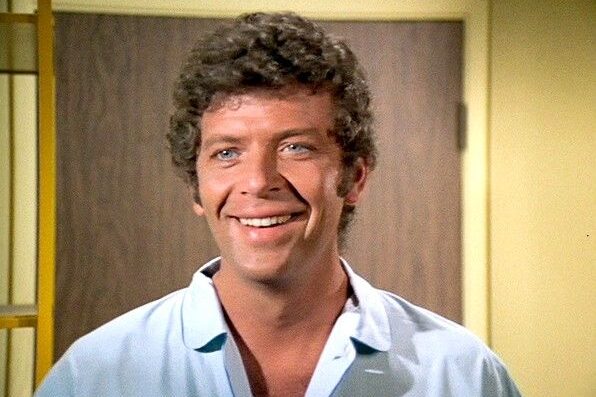
Robert Reed was known to millions as Mike Brady, the calm and dependable father in The Brady Bunch. Off-screen, however, his life was far more complicated than the wholesome sitcom image. Reed kept his private life hidden, and it wasn’t until his death in 1992 that the world learned he had AIDS. For many, the revelation was a painful shock , a reminder that the disease could touch even the most familiar and comforting figures from their childhood television screens. Had Reed survived, he might have become one of television’s respected elder statesmen, perhaps reflecting in later years on how both the industry and society had changed. His story is significant because it highlighted how AIDS was not confined to strangers or distant headlines. It lived in the homes of everyday Americans, carried by people they thought they knew well. Reed’s legacy endures as both a beloved TV dad and a quiet victim of an era of silence.
5. Arthur Ashe (1943–1993)
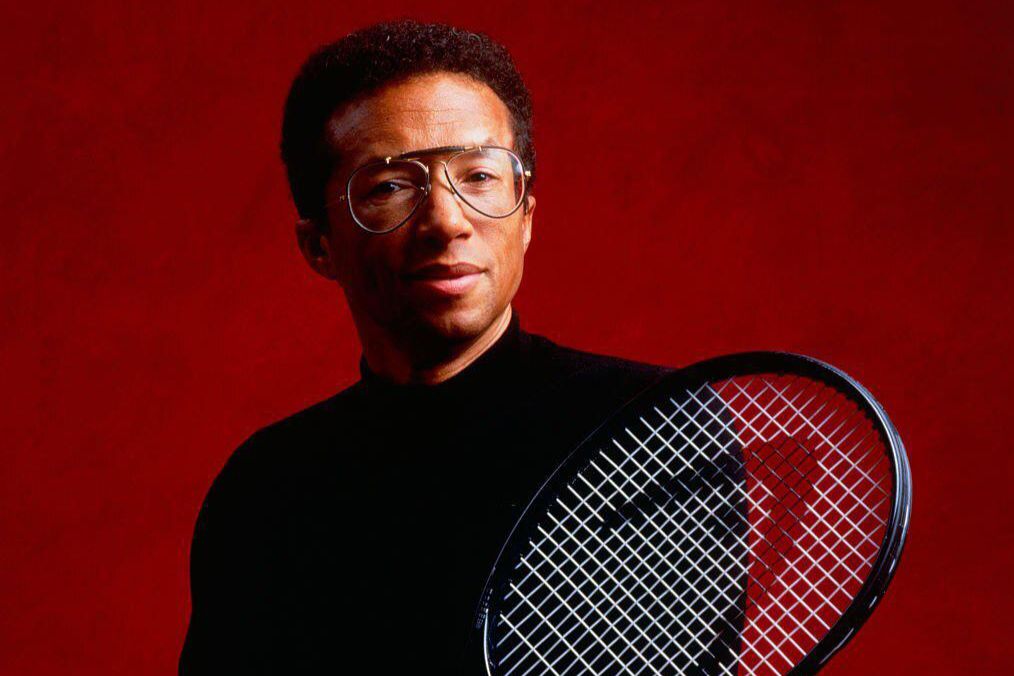
Arthur Ashe was not only a champion on the tennis court but also a champion of dignity and equality. The first Black man to win singles titles at Wimbledon, the US Open, and the Australian Open, Ashe was admired for both his athleticism and his thoughtful leadership. In the 1980s, he contracted HIV through a blood transfusion following heart surgery. Instead of retreating into privacy, Ashe chose to speak openly about his illness, using his platform to challenge stigma at a time when few did. His voice carried weight far beyond sports , he was a global humanitarian who spoke on education, health, and justice. Ashe died in 1993 at just 49, but had he lived, it’s easy to imagine him as a towering statesman, bridging sports, politics, and public health advocacy. His courage in facing HIV directly left a lasting example of how to confront fear with grace and conviction.
6. Pedro Zamora (1972–1994)
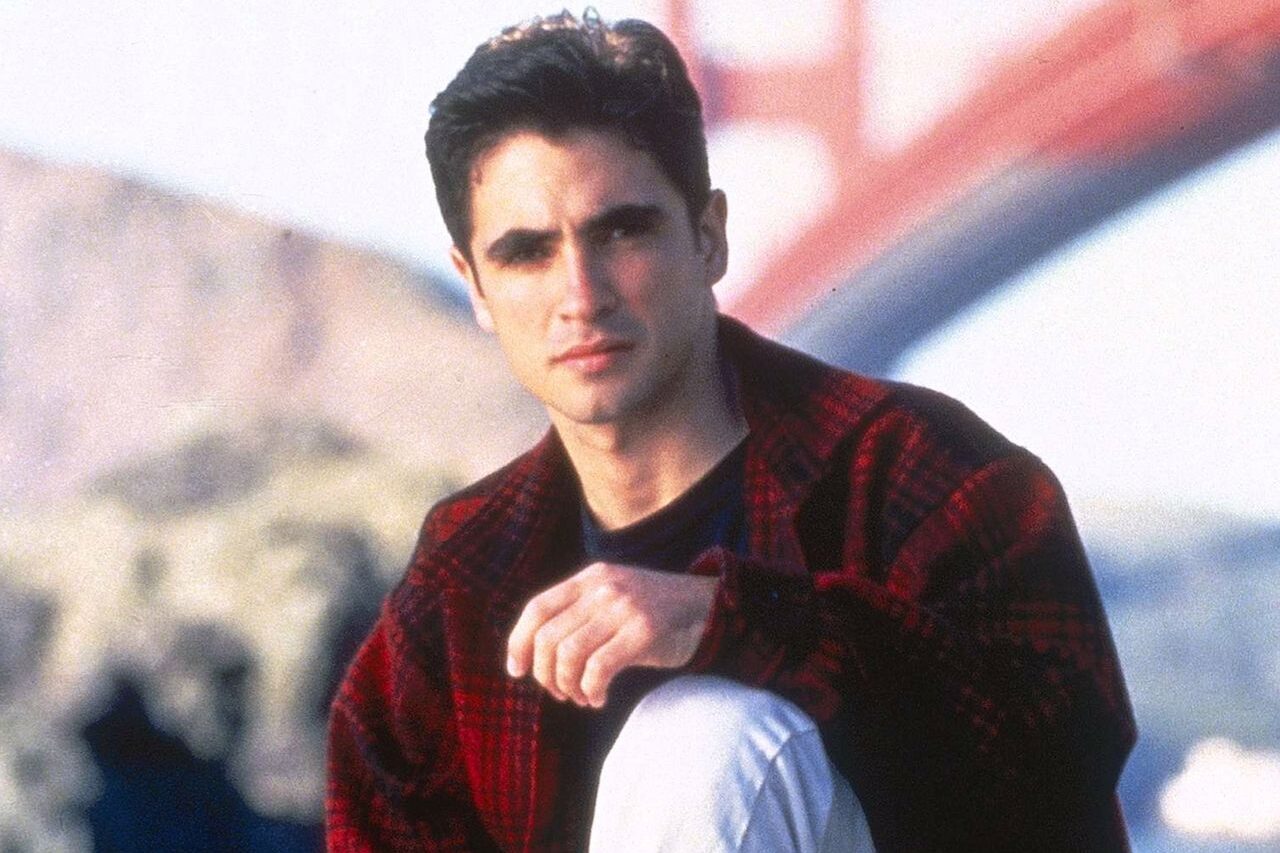
Pedro Zamora was just 22 when he became one of the most visible young voices on HIV and AIDS. Cast on The Real World: San Francisco in 1994, he brought his life , his Cuban heritage, his sexuality, and his HIV-positive status , into millions of living rooms. For many viewers, especially young people, Zamora was the first person with HIV they “knew.” His openness about love, health, and stigma broke barriers at a time when misinformation was everywhere. Tragically, he died the same year his season aired, but his impact was immediate. Even President Bill Clinton praised him for changing how America understood AIDS. Had Zamora lived, he might have continued as a powerful educator, advocate, and role model, reminding future generations that HIV was not just a statistic but a deeply human experience. His courage proved that sharing personal stories could change public perception more than any speech or policy ever could.
7. Eazy-E (1964–1995)
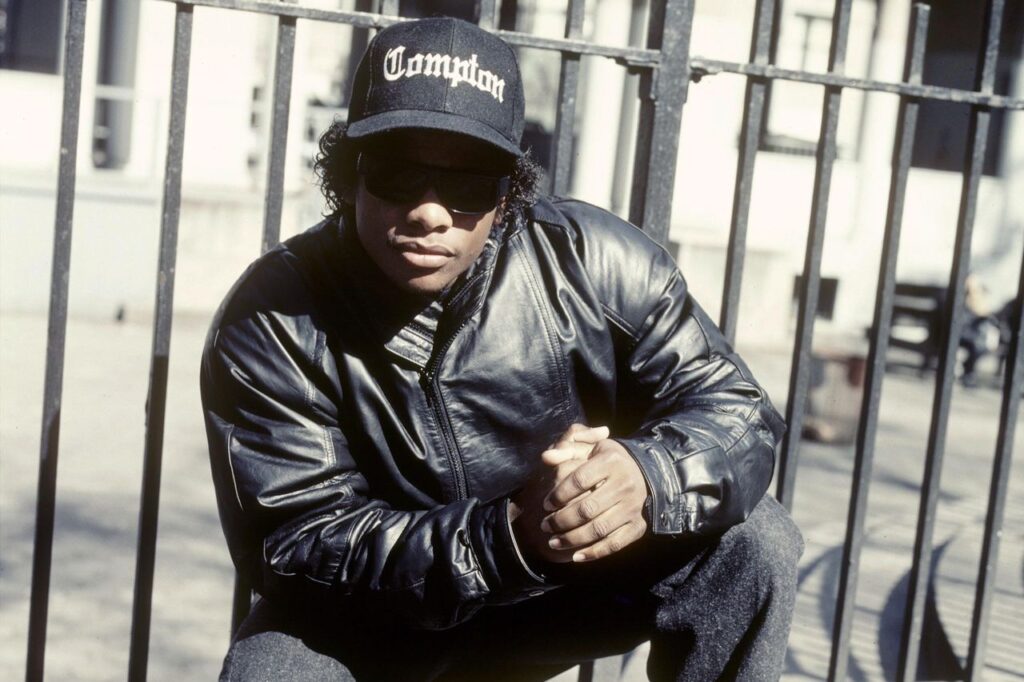
Eric “Eazy-E” Wright, one of the founders of N.W.A., was a pioneer of West Coast rap. Known for his raw lyrics and bold presence, he helped shape hip-hop into a force that was both rebellious and cultural. In March 1995, he shocked fans by announcing that he had AIDS, and within a month, he was gone at just 30 years old. His death stunned the rap community, highlighting how the epidemic reached even those who seemed untouchable. Had he lived, Eazy-E might have bridged the gap between early gangsta rap and the mainstream hip-hop dominance that followed. He could have mentored new artists, expanded his Ruthless Records empire, and used his influence to push conversations about health and responsibility in communities where silence often prevailed. His story shows how even in music’s boldest voices, vulnerability could not be avoided , and how much potential was lost in those years.
8. Dan Hartman (1950–1994)

Dan Hartman was one of those rare musicians who thrived both in front of the microphone and behind the scenes. Best known for his solo hit “I Can Dream About You,” he was also a gifted songwriter and producer who worked with Tina Turner, Dusty Springfield, and Joe Cocker. His versatility meant he could move effortlessly between rock, pop, disco, and soul, shaping sounds that defined the late 20th century. In 1994, Hartman died of an AIDS-related illness at just 43, cutting short a career that was still expanding. He had recently begun shifting into producing more heavily, and many believed he was on the verge of another creative breakthrough. Had he lived, Hartman might have been part of the wave of pop reinvention that fueled the 2000s, crafting hits for younger stars while continuing to surprise audiences with his own work. His story reminds us how AIDS also robbed the world of behind-the-scenes visionaries.
9. Rudolf Nureyev (1938–1993)
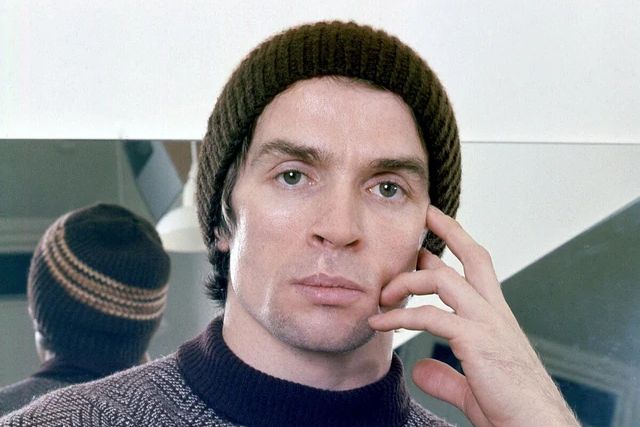
Rudolf Nureyev was one of the greatest ballet dancers of the 20th century, celebrated for his athleticism, charisma, and artistry. Defecting from the Soviet Union in 1961, he became a global star, breaking boundaries in both classical and contemporary dance. By the late 1980s, his health began to decline, and in 1993 he died from AIDS-related complications at 54. His loss was felt not only in the dance world but across the arts, where he had been a symbol of freedom, daring, and reinvention. Had he lived, Nureyev might have transitioned more fully into choreography and artistic direction, shaping new generations of dancers and influencing modern ballet well into the 21st century. His passing left a sense of unfinished work, as if one of the brightest flames in performance had been extinguished too soon. His story underscores how AIDS reshaped not only popular culture but also the high arts.
10. Gia Carangi (1960–1986)

Gia Carangi is often remembered as one of fashion’s first true supermodels, gracing covers of Vogue and Cosmopolitan in the late 1970s and early 1980s. With her striking looks and edgy presence, she helped redefine what it meant to be a model, paving the way for names like Cindy Crawford and Naomi Campbell. But Gia’s personal struggles, including drug use, left her vulnerable. In 1986, she died of AIDS-related complications at only 26, becoming one of the first famous women in the U.S. to succumb to the disease. Her story was tragic but also historic, showing how AIDS crossed gender lines at a time when it was still labeled a “gay disease.” Had she lived, Gia might have continued to blaze trails in fashion or used her experience to advocate for awareness in the modeling industry, which later faced its own reckoning with health and well-being. Her short life left a long shadow.
This story It Started as a “Gay Disease” But AIDS Changed Us All was first published on Daily FETCH


